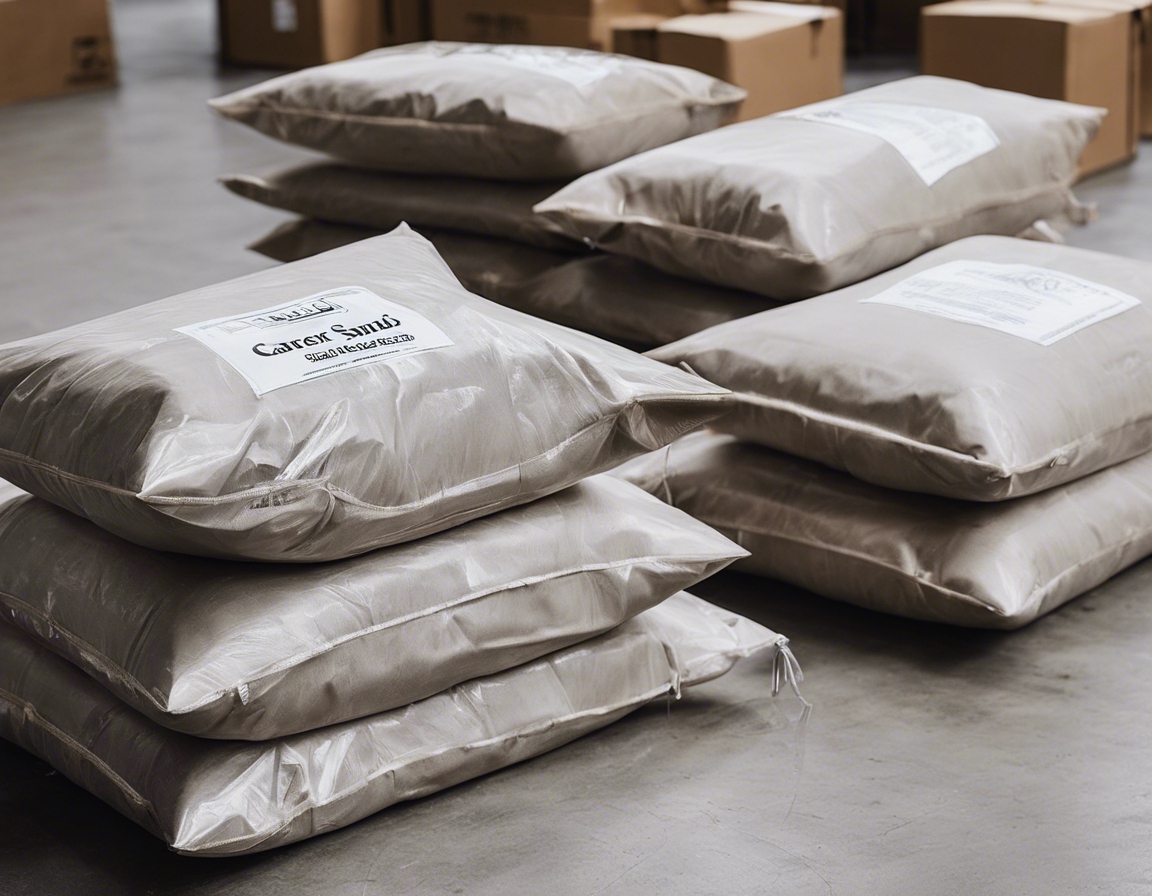The art of sustainable sand mining
Sand mining is the extraction of sand, a vital raw material for the construction industry, used in everything from concrete to glass production. However, the process of sand mining has traditionally been associated with environmental degradation and disruption of local ecosystems.
As the demand for construction materials continues to rise, the need for sustainable practices in sand mining becomes increasingly critical. Sustainable sand mining aims to balance economic development with environmental protection, ensuring that the extraction of sand does not compromise the health of our planet.
The Environmental Impact of Sand Mining
Unregulated sand mining can lead to the destruction of habitats, affecting the flora and fauna that depend on these ecosystems. It can also result in biodiversity loss, as species are displaced or unable to survive the changes to their environment.
Excessive sand mining near water bodies can lead to increased sedimentation, water pollution, and soil erosion, further impacting wildlife and local communities that rely on these resources.
The carbon footprint of traditional sand mining operations is a concern, with the use of heavy machinery and transportation contributing significantly to greenhouse gas emissions.
Sustainable Practices in Sand Mining
Implementing strict regulations and quotas on sand extraction helps to prevent over-mining and allows ecosystems to recover. It also ensures that sand is sourced responsibly and ethically.
Utilizing eco-friendly mining equipment and techniques reduces the environmental impact of sand mining. This includes electric or hybrid machinery, water recycling systems, and methods that minimize habitat disruption.
Post-mining rehabilitation is essential for restoring ecosystems. This involves replanting native vegetation, reshaping land contours to their natural state, and monitoring the recovery of the area over time.
Technological Innovations in Sustainable Sand Mining
Advancements in remote sensing technology allow for real-time monitoring of mining sites, ensuring compliance with environmental standards and enabling quick responses to any issues that arise.
Efficient water management systems are crucial in sustainable sand mining, as they help to reduce water usage and prevent pollution. These systems often include water recycling and filtration technologies.
Technological advancements have also improved the efficiency of sand processing, reducing waste and increasing the yield of usable material from each mining operation.
SILIKAAT AS: Pioneering Sustainable Sand Mining in Estonia
At SILIKAAT AS, we are deeply committed to sustainable sand mining practices. We understand the importance of preserving our natural resources and are dedicated to minimizing our environmental footprint.
We employ a range of sustainable techniques and technologies in our sand mining operations. From regulated extraction to the rehabilitation of mined areas, every step of our process is designed with sustainability in mind.
By choosing SILIKAAT AS as your sand mining partner, you are not only ensuring a steady supply of high-quality building materials but also supporting environmentally responsible mining practices that benefit both the planet and future generations.





Comments (0)